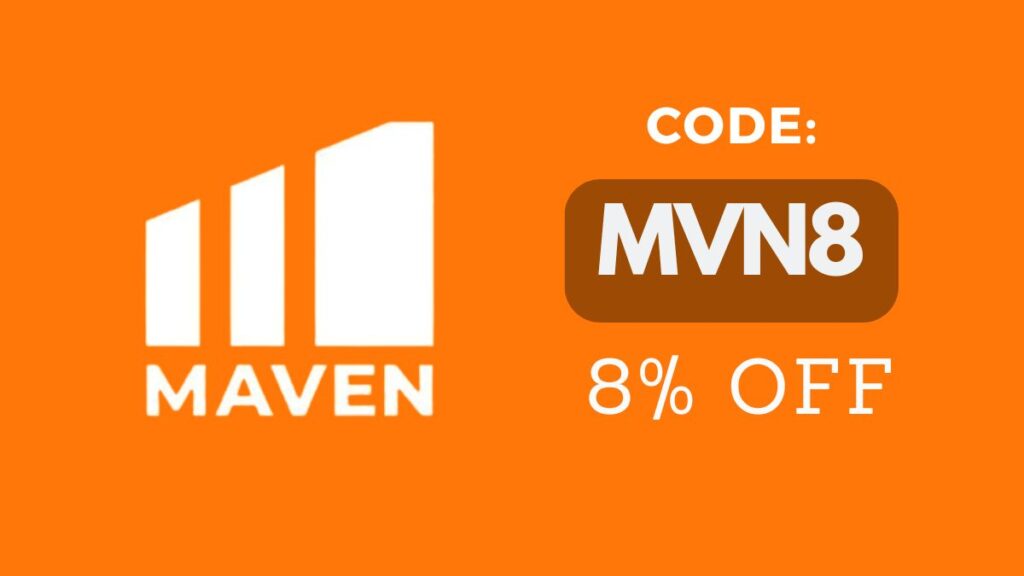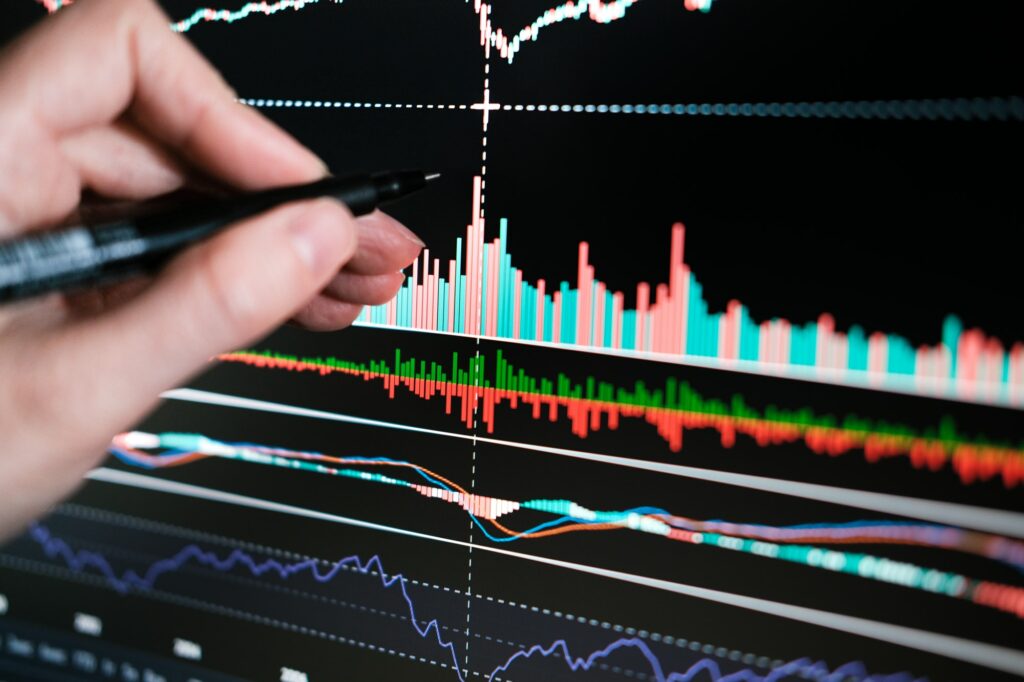Fast profits come from tight risk control, trading at liquid times, and one simple, repeatable setup, not from magic indicators.
This guide gives you a simple plan: when to trade, what to trade, how much to risk, and how to avoid the mistakes that kill beginner accounts.
What is forex trading?
Forex is a 24/5 market where you trade currency pairs for small, frequent gains.
It is the largest financial market, averaging about 7.5 trillion dollars per day in April 2022, per the BIS Triennial Survey. The US dollar was on one side of 88% of trades.
- You trade pairs, for example EUR/USD or USD/JPY.
- Prices move on economics, rates, and news.
- Your job is to control risk and capture part of those moves.
How do I prepare before I trade?
Pick a regulated broker, set up your platform, and define risk rules before placing your first trade.
- Choose a regulated broker – In the U.S., check the CFTC and NFA BASIC; in the UK, the FCA; in Australia, ASIC. This keeps you away from scams.
- Set up your platform – MT4, MT5, or your broker’s native app. Make sure you can set stop-loss orders and position sizing easily.
- Prepare your documents – ID, proof of address, and a small deposit you can afford to lose.
Why use a demo account first?
A demo account lets you practice risk-free until you can execute consistently.
- It simulates real markets with virtual money.
- You can test strategies, stops, and targets without stress.
- It trains discipline before emotions are involved.
Pro tip: Do at least 50 demo trades with full journal notes before going live. Treat it like real cash.
How do I set goals and a trading plan?
Trading without a plan is gambling. Define your risk, time, and targets before you open your first position.
Your trading plan should include:
- Daily routine – e.g., only trade London–New York overlap.
- Pairs you trade – Start with majors like EUR/USD, GBP/USD.
- Risk per trade – 1% of your account.
- Exit rules – Stop-loss fixed, target at least 1.5x risk.
👉 Example: If your account is $1,000, risk 1% ($10). If your stop is 20 pips, your position size must equal $0.50 per pip.
Which beginner strategies actually work?
Start with one simple, high-liquidity setup and master it before moving on.
1. Breakout of session range
- Trade EUR/USD or GBP/USD.
- Identify the first-hour range.
- Enter on breakout with stop outside range, target 1.5R.
2. Trend pullback entry
- Wait for a clear trend on the 15-minute chart.
- Enter on a pullback to support/resistance.
- Place stop beyond swing, target 1.5R.
3. News fade strategy (advanced beginner)
Let price spike, then re-enter on retrace with a tight stop.
Only after high-impact news (like NFP).
Technical analysis or fundamental analysis?
Blend both: use fundamentals for direction and technicals for timing.
- Fundamentals move currencies: inflation, jobs, and rate decisions.
- Technicals define entries: support, resistance, trend, and momentum.
- For beginners, keep it simple: structure, one momentum indicator, and a calendar.
Short term or long term?
Pick the style that matches your lifestyle and discipline.
Position trading – Macro-driven, weeks to months; lower stress but slow growth.
Day trading – Done by end of session, smaller gains, strict risk rules.
Swing trading – Hold trades for days; needs patience and wider stops.
How do I manage risk the right way?
Risk 1% per trade, calculate position size, and aim for at least 1.5R reward.
Risk/Reward Table Example
| Account Size | Risk % | $ Risk | Stop (pips) | Position Size | Reward (1.5R) |
|---|---|---|---|---|---|
| $1,000 | 1% | $10 | 20 pips | $0.50/pip | $15 |
| $5,000 | 1% | $50 | 25 pips | $2.00/pip | $75 |
Tips to profit faster, without gambling
Profit comes faster when you cut losses quickly and repeat one high-edge setup every session.
- Trade liquid sessions only. Focus on London–New York overlap for the biggest moves.
- Keep a pre-trade checklist. Confirm trend, level, session, stop, and size before every click.
- Journal every trade. Include screenshots and reasons. Review weekly.
- Stop after 2R profit or two losses. Avoid overtrading.
- Use alerts, not emotions. Let your phone notify you when price hits a level.
When is the best time to trade?
The London–New York overlap is the prime window for liquidity and moves.
This overlap produces tighter spreads and more opportunities, which is why many day traders focus here.
Here’s how each session compares:
| Session | Hours (UTC) | Liquidity | Volatility | Best Pairs |
|---|---|---|---|---|
| Asia | 00:00–07:00 | Low | Low | USD/JPY, AUD/USD |
| London | 07:00–16:00 | High | High | EUR/USD, GBP/USD |
| New York | 12:00–21:00 | High | High | EUR/USD, USD/JPY |
| Overlap | 12:00–16:00 | Highest | Highest | Majors (EUR/USD, GBP/USD, USD/JPY) |
How should I use leverage?
Treat leverage as a tool to size positions, not a way to “go big.”
- In the EU and UK, retail leverage is capped at 30:1 on major FX to protect beginners. Australia applies similar caps. If regulators cap it, you should too.
- High leverage without stop-loss = fastest way to blow up.
Pro tip: Think of leverage as a screwdriver, not a rocket. Use it to tighten trades, not to launch your account into orbit.
Common mistakes to avoid
Most beginners lose money by repeating the same three errors: overtrading, overleveraging, and moving stops.
- Overtrading – Taking too many setups in one day.
- Overleveraging – Using maximum margin to “get rich quick.”
- Moving stops – Refusing to accept a small loss, which turns into a big one.
- Ignoring news – Trading blindly into major releases.
- Chasing profits – Revenge trading after a loss.
Why consistency beats everything
A boring, repeatable process builds profits; random wins don’t.
Focus on execution, not outcome.
Trade the same hours, same pairs, same setups.
Stick to your daily stop-loss and profit cap.
Accept losses—they’re part of the game.
Quick‑start plan: your first smart trade
Follow this 7-step plan for 30 days before going live with real money.
- Open a demo account.
- Place 50 practice trades with stop-losses and targets.
- Pick two pairs: EUR/USD and GBP/USD.
- Trade only 12:00–16:00 UTC.
- Risk 1% per trade, size positions correctly.
- Use one setup (session breakout).
- Review screenshots weekly, cut weak trades.
Can prop firm trading help you make money faster?
Yes—prop firm trading lets you access large capital once you prove consistency, but you must pass strict evaluations first.
For beginners, one of the fastest ways to grow is by trading for a proprietary trading firm (prop firm). Instead of risking only your own $500 account, you can trade $25,000, $50,000, or even $100,000 of firm capital if you pass their challenge.
How it works
- Evaluation stage – You must hit a profit target (e.g., 8–10%) while staying within daily and total loss limits.
- Funded stage – If you pass, you trade the firm’s capital. Profits are split (commonly 70–90% to you).
- Scaling stage – Trade well consistently, and many firms increase your account size over time.
Why this ties to forex beginners
- Leverage without extra risk – You don’t need to risk your life savings. The firm covers the account.
- Discipline enforced – Challenges force you to master risk rules (daily drawdown, max loss).
- Fast scaling – Instead of grinding $100 → $200 accounts, you can manage six-figure capital faster.
Pro tip: Passing a prop firm challenge is not about “fast profit hacks.” It’s about showing the same consistency and discipline taught in this guide—risking 1%, trading liquid hours, and sticking to your plan.
Conclusion
To make money trading forex fast, trade during liquid hours, risk only 1%, and repeat one setup until you master it.
Fast profit comes from consistency, not luck. If you want longevity:
- Stick to your risk plan.
- Avoid rookie mistakes.
- Build discipline through repetition.
FAQs
What’s the minimum to start?
Start with money you can afford to lose. Use micro lots so your 1% risk fits a realistic stop.
Which pairs are best for beginners?
Major pairs such as EUR/USD, GBP/USD, USD/JPY. Liquidity is high and spreads are tight during the overlap.
How many trades per day is “right”?
One to three high‑quality trades in your session is plenty. More trades usually means lower quality.
Do I need news skills to trade?
Know the calendar and avoid placing new trades seconds before major releases. Let volatility settle, then trade structure.
How do I check if a broker is legit?
Verify on CFTC and NFA BASIC for the US, FCA for the UK, ASIC for Australia before funding.






